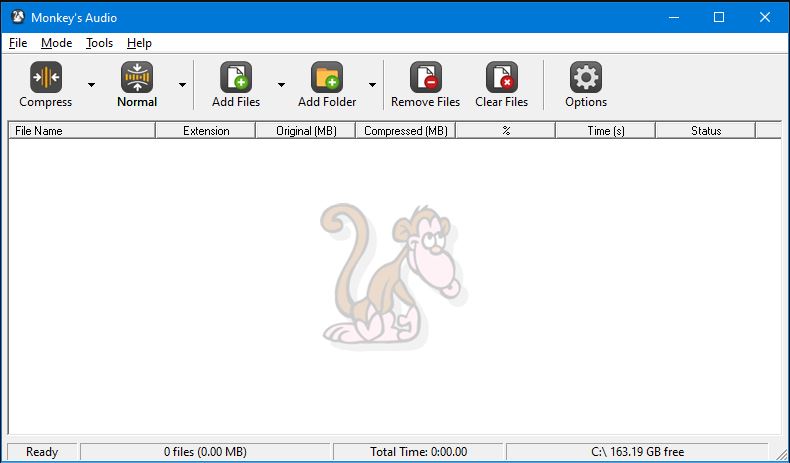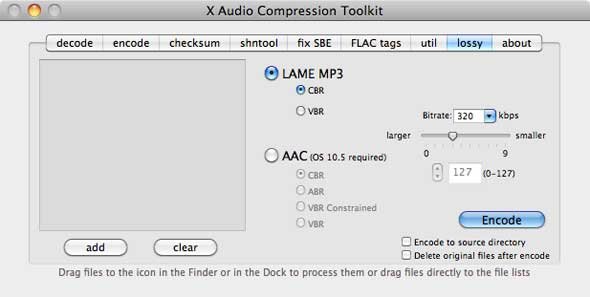A constrained VBR (CVBR) version of the publicly available open-source lossless audio coder FLAC.
FLAC, being a mathematically lossless audio codec, inevitably creates VBR streams as compressed files. Depending on the «difficulty» of coding each segment of the audio signal, the instantaneous coding bit-rate can be quite high. However, one can observe that, during passages of high FLAC bit-rate, the coded audio also exhibits the greatest ability of psychoacoustic masking. FSLAC exploits this property to limit the maximum instantaneous bit-rate of the compressed file. It does so by detecting the difficult audio blocks (by measuring their predictability via linear-prediction error energy calculations) and requantizing each of the detected blocks to a lower bit-depth, thereby reducing the bit-rate needed for lossless coding of that block. To prevent the quantization error from becoming audible (or visible in a spectrogram), simple adaptive noise shaping is used.
This approach is similar to the one used by LossyWAV, but differs in two important aspects. First, FSLAC is not a stand-alone pre-processor but instead is coupled with a FLAC encoder and, hence, directly creates FLAC compatible compressed files. Second, FSLAC only alters the high-bit-rate audio segments, not (almost) all parts of the audio input as LossyWAV does. The coded audio, therefore, remains perceptually lossless. In addition, it is worth noting that, due to its simplicity, FSLAC encoding is very fast. All of these features make FSLAC attractive for audio production and archival applications.
www.ecodis.de/audio.htm#fslac
hydrogenaud.io/index.php?topic=122390



